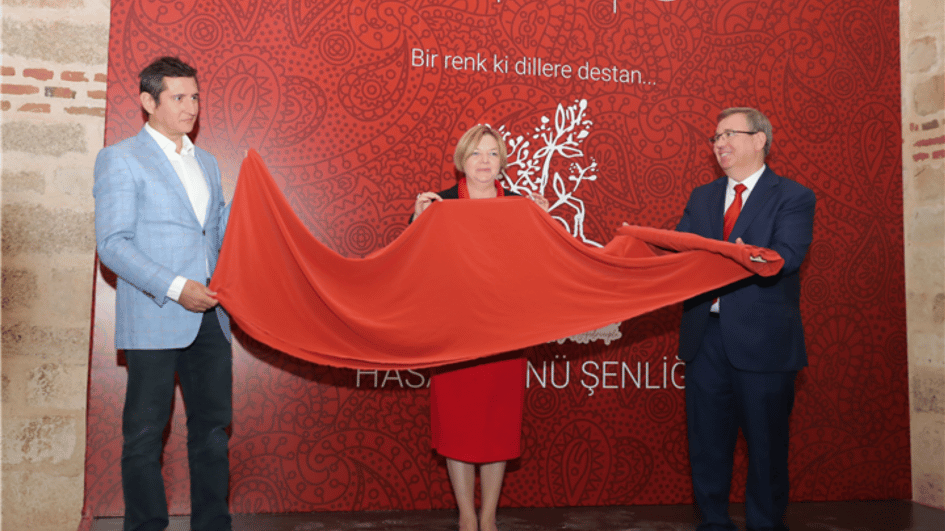
Researchers have succeeded in reviving "Edirne Red," a centuries-long historical Ottoman dye color whose formula was stolen by France.
Originally created by Edirnekâri, masters from the northwestern province of Edirne, in the 15th century, this vibrant shade, brighter than brick red, became famous throughout Europe as "Rouge d'Adrinople." But its formula, shrouded in secrecy after it was brought to France, remained elusive for centuries.
In diligent research conducted at Trakya University under the leadership of Professor Dr. Mustafa Tan and Orkun Akman, the dye obtained from the roots of the "cleavers" plant was successfully reproduced. Analyzing historical records, the team uncovered a fascinating story of espionage and intrigue surrounding the journey of "Edirne Red" from Ottoman palaces to European markets.
During the Ottoman era, Edirne served as a center for silk farming, weaving and dyeing, and was admired for its vibrant red hue. The French fascination with the color led to covert missions to acquire the formula, resulting in a flurry of espionage activities. Despite European efforts, the authentic recipe remained elusive, and even Manchester industrialists failed to replicate it.
“In fact, the French did not want to give this formula, so they created fake prescriptions and put them on the market,” the researchers said.
The key discovery came with the translation of the French manuscript "Adrinople Le Rouge Magnifique,” which shed light on the origins and production process of "Edirne Red." With determination fueled by historical significance, Trakya University embarked on a mission to revive the lost art of Edirne Red production.
"We want to restore Edirne Red to its former prominence," they said, expressing their ambition to secure geographical indications status for the color. They envision its revival not only as a cultural heritage but also as a potential symbol for Türkiye's national team uniforms, in keeping with the country's rich history.